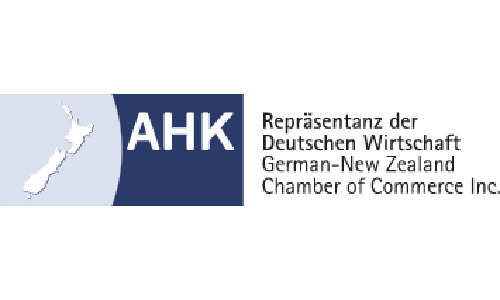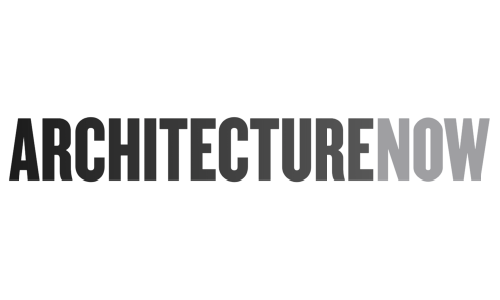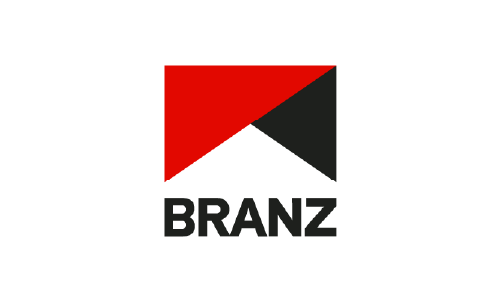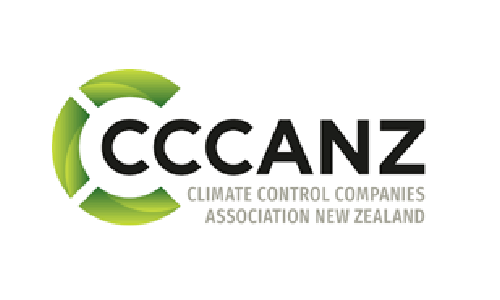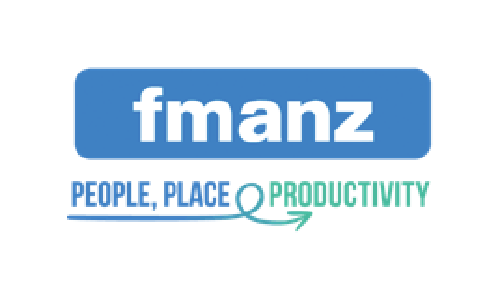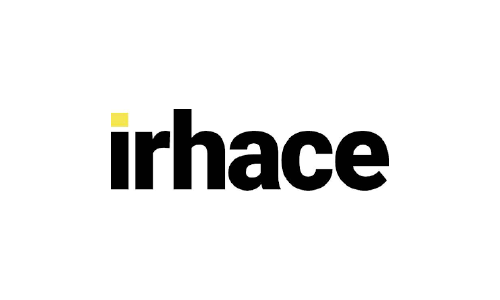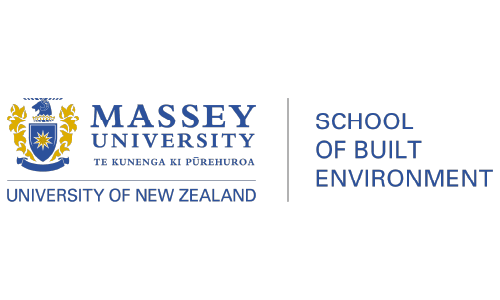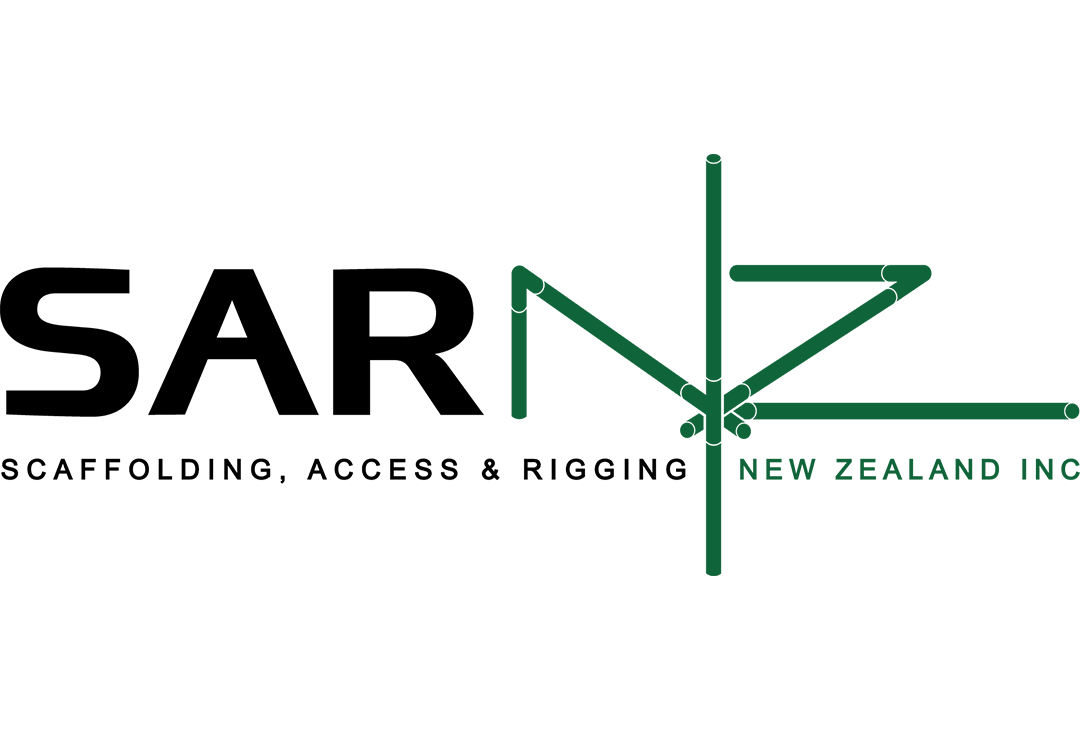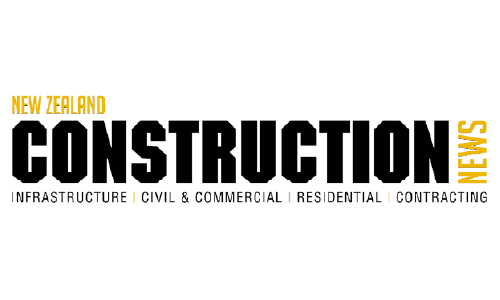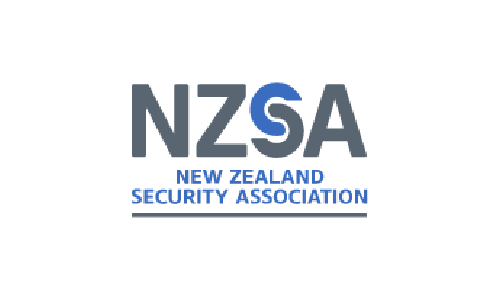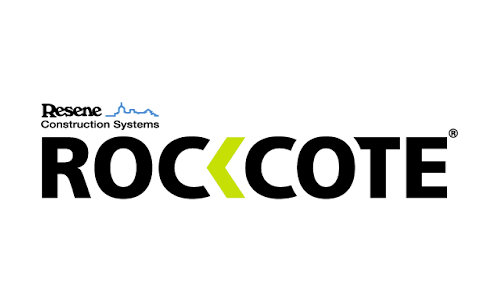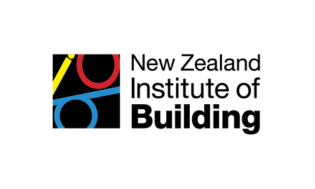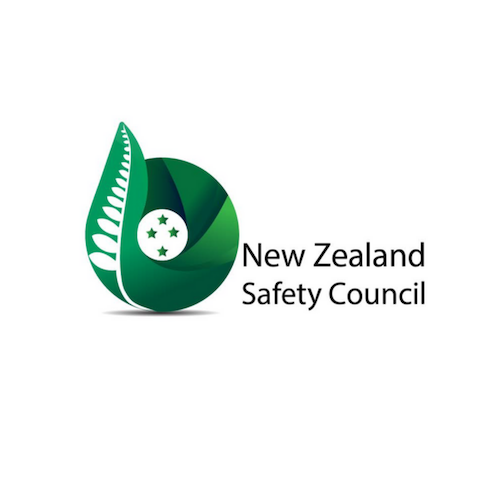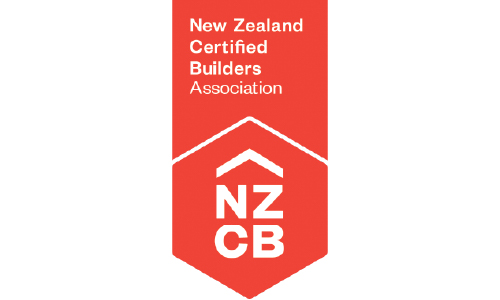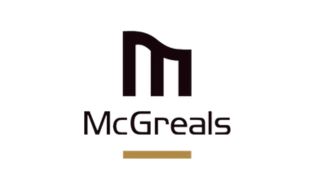Ambius Energy Management & Exhibitor Workshop

The Ambius Energy Management & Exhibitor Workshop, is a zone dedicated to showcasing products and services. Attend the free Ambius Energy Management & Exhibitor Workshops to learn from experts as they share their knowledge on the future of the industry.
Seating is on a first-come, first-served basis.
Visitors must be registered to attend the free workshops.
- All
- Tue
Tuesday 24 September
Big Data-Driven Smart Energy Management: From Data to Action
10am-10:45am
Large amounts of data are increasingly available in the energy sector with the continuous application of sensors, wireless transmission, network communication and cloud computing technologies.
Using learnings from the last 10 years, this discussion will focus on the sources, potential and characteristics of big data for smart energy management. Afterwards, you will understand how to take practical steps for using data-driven smart energy management in IT infrastructure, data collection, data integration, sharing, processing and analysis, security and privacy.
Photovoltaic Solar Projects – The Business Case in New Zealand
11am-11:45am
In New Zealand, solar photovoltaic projects deliver a variety of value streams such as commercial returns, corporate sustainability credentials, and hedging against future energy price spikes.
This presentation will discuss the state of New Zealand’s solar PV industry in the context of commercial and industrial facilities and will work through a real-world example of a solar project and commercial model.
The Reality of Carbon Emissions for FMs – Why Energy is the Key
12pm-12:45pm
This talk will consider the importance of understanding energy use in combatting carbon emissions and how facilities managers can make a major contribution in fighting climate change.
Net Zero Carbon Buildings for Aotearoa
1pm-1:45pm
Buildings contribute a large portion of our national carbon emissions. More importantly, they contribute far more to our lives than simply carbon.
The Green Building Council, alongside Enviro-Mark Solutions, is developing a framework to shift our buildings to net zero carbon, and as part of that framework a comprehensive net-zero carbon building certification for existing commercial buildings.
This framework and certification are being launched alongside Facilities Integrate.
Over time, that will be developed into a comprehensive standard that could be used to decarbonise all of Aotearoa’s buildings.
Sam’s presentation will give you an outline to this standard and how you can meet the growing demand from both central and local government, industry and building occupants to improve building performance.
Sustainability Options for Multi-dwellings – Made Simple
2pm-2:45pm
Launching this free service – The Energy Bureau at Facilities Integrate.
The Energy Bureau will guide you with what you need to know, and how to set up your facility ready to incorporate solar energy, electric vehicle charging, battery storage solutions and more.
Including a service to allocate and bill the resources to those who use them in your facility.
What Toyota & Elon Musk’s SpaceX Can Teach Us About Reducing Carbon In Our Buildings
3pm-3:45pm
Toyota built a culture of continuous improvement, which has enabled them to become one of the world’s largest car manufacturers. SpaceX uses this scientific method to make progress towards making man, a multi-planetary species.
Making our existing buildings carbon zero is also a tremendous challenge. We can use the scientific method of Toyota Kata to meet this challenge.
- Wed
Wednesday 25 September
A Culture Question: Can Smart Integrations and Better Facilities Improve Your Team’s Ethos?
10am-10:45am
From making their first coffee in the morning to turning on their computer to start their day, your team’s experience with facilities, technology and business processes directly affects their impression of your business, its ability to make good decisions, and ultimately whether you’re a good employer to work for. With the skills shortage in New Zealand at an all-time high, Ash asks, “Is now the time for business leaders to remove roadblocks to success for their team members? And if not now, when?”
These initiatives are vast—IT services and automation, well-styled offices, reliable amenities and more—and all work either for or against your business’s goals.
In this talk, Ash will cover two employee journeys—one with roadblocks and frustrations that many people experience daily, and another, more aspirational example of a team member that only needs to focus on their projects and tasks at hand, from car to desk, desk to boardroom, boardroom to bathroom, and beyond.
Better Business or Buzzword: Is IoT the Real Deal for Facilities Management?
11am-11:45am
Only 14 percent of New Zealand businesses are currently using an IoT solution, and yet in 2017 NZ ranked as one of the top five countries with the right business, economic and political climates to sustain and benefit exponentially from the Internet of Things.
simPRO recognises the untapped potential that IoT offers, not only to New Zealand facilities management teams but to the world as a whole.
This presentation will cover real-life uses of IoT within the facilities management industry, how you can turn data into new business opportunities, where to start with IoT and how, by harnessing the solution, it will lead to a better business
Turnstiles and Gates for Facility Access Control and Accountability
12pm-12:45pm
Entrance turnstiles are used in traditional and modern facilities and venues to control who can enter, at what time, and generally play a crucial role in overall facility operations.
Building managers who wish to understand the potential of the latest turnstile technology should attend this presentation, where they will also learn how to work together with architects and security dealers to balance everyone’s various needs—for both increased personnel control and aesthetic design.
Modern Pest Control Using NB-IoT
1pm-1:45pm
NB-IoT technology can penetrate concrete, underwater, underground and deep into infrastructure, and thus is set to shape connective facilities through a wide range of applications including remote monitoring for heating devices, alarms, water tank levels and now pest trappings.
In partnership with MinkPolice, who are well established in Europe, and using Vodafone’s IoT network, ALPECO have created an innovative IoT pest control solution to help you catch more pests, more often.
Each device contains a SIM card which connects via Vodafone’s IoT network to the MinkPolice smart-phone application and notifies the facility/property/farm manager whenever a device is activated, providing the exact location of the trap to clear it and reset it.
The NB-IoT network and ALPECO’s pest control solution not only provides greater connectivity, it enables the user to set traps in more remote areas knowing they’ll still have reliable connectivity. Better yet, it’s non-toxic, long-lasting, user-friendly, secure, scalable and affordable.
A Systematic Approach to Lightning Protection for Facilities
2pm-2:45pm
Modern buildings, sites and facilities are very susceptible to the direct and indirect effects of cloud-to-ground lightning flashes due to the presence of many different types of sensitive electrical and electronic equipment.
A key first step in today’s highly technological environment is the implementation of a risk management plan. In particular, before any lightning protection system is designed it is important to carry out a lightning risk assessment. This must be done using international standards and an understanding of the principles and statistics of lightning associated with this stochastic phenomenon.
Whilst no single technology can totally eliminate the risk of damage and losses due to lightning flashes, a systematic protection approach will be elaborated which greatly reduces the risk via a simple yet comprehensive checklist covering the major causes, effects and damage mechanisms. This approach commences with an effective means to capture, conduct and then safely dissipate the lightning energy down to ground, and then continues with clamping and diverting transients that are conducted or induced into the electrical systems of facilities.
Workplace Wellness
3pm-3:45pm
It’s your people who provide the greatest potential for success in your business.
The culture of an organisation has a significant impact on the well-being of its people. A positive work culture is associated with higher morale, lower stress, reduced absenteeism and higher organisational performance and productivity.
Discover practical, evidence-based information and engaging activities that can help your workplaces and people thrive.
PROUDLY PRESENTED BY:

Ambius Plantscaping
Global expertise, with a local service, we are experts in the essentials. It is the promise that we make to our…















